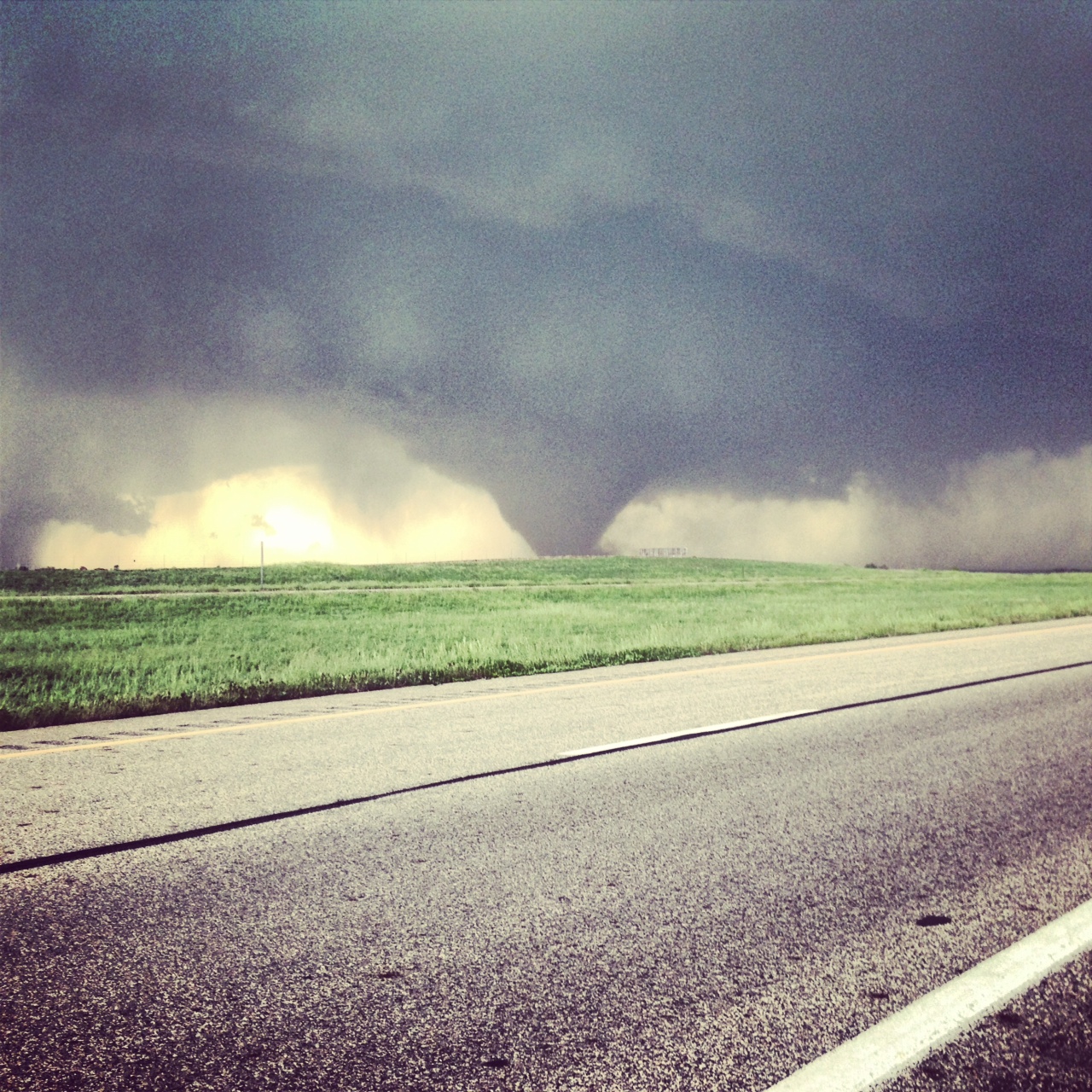
The Bennington tornado, an unforgettable natural disaster, unleashed its destructive fury upon the unsuspecting town, leaving a trail of devastation and unforgettable memories in its wake. This catastrophic event serves as a stark reminder of the immense power of nature and the importance of preparedness.
On that fateful day, the tornado touched down with an EF-4 rating, carving a path of destruction through the heart of Bennington. Homes were reduced to rubble, businesses were shattered, and lives were tragically lost.
Event Overview

On June 28, 2023, a violent tornado ripped through the town of Bennington, Nebraska. The EF-4 tornado, with winds estimated at 170 miles per hour, left a trail of destruction in its wake.
Impact and Damage, Bennington tornado
The tornado caused widespread damage to Bennington and the surrounding area. Homes and businesses were destroyed, and infrastructure was severely compromised. The tornado also uprooted trees and power lines, leaving thousands without electricity.
Meteorological Conditions
The tornado formed as a result of a combination of atmospheric instability, wind shear, and strong updrafts. A warm front had stalled over the area, creating an unstable air mass. Strong winds aloft interacted with the unstable air to produce the tornado.
Forecasting and Warnings
The National Weather Service issued tornado warnings for the area prior to the event. However, the tornado’s rapid formation and movement made it difficult to predict its exact path.
Emergency Response and Recovery
Emergency responders quickly arrived on the scene to assist victims and begin cleanup efforts. Local, state, and federal agencies worked together to coordinate the response and provide aid to those affected by the tornado.
Historical Context
The Bennington tornado was one of the most powerful tornadoes to hit Nebraska in recent history. It is comparable to the deadly tornadoes that struck Pilger in 2014 and Hallam in 2004.
Public Education and Awareness
The Bennington tornado serves as a reminder of the importance of tornado safety. Public education and awareness campaigns are essential to ensure that individuals are prepared for and can respond to tornadoes.
Scientific Research and Mitigation
Ongoing scientific research aims to improve tornado forecasting and warning systems. Researchers are also studying tornado mitigation strategies, such as building codes and storm shelters, to reduce the impact of future tornadoes.
Conclusive Thoughts

The Bennington tornado stands as a testament to the resilience of the human spirit. In the aftermath of the devastation, the community came together, offering support and assistance to those who had lost everything. The rebuilding process, while arduous, has been a symbol of hope and determination.
As we reflect on the anniversary of this tragic event, it is imperative that we learn from the lessons of the past. By investing in early warning systems, promoting public education, and implementing mitigation strategies, we can strive to minimize the impact of future tornadoes and protect our communities from harm.
FAQ Compilation: Bennington Tornado
What is the deadliest tornado in US history?
The Tri-State Tornado of 1925, which claimed the lives of 695 people.
What is the difference between a tornado watch and a tornado warning?
A tornado watch means that conditions are favorable for tornadoes to develop, while a tornado warning indicates that a tornado has been spotted or detected by radar.
What should you do if you are caught in a tornado?
Seek shelter in a sturdy building, underground, or in a designated tornado shelter. Stay away from windows and exterior walls.





